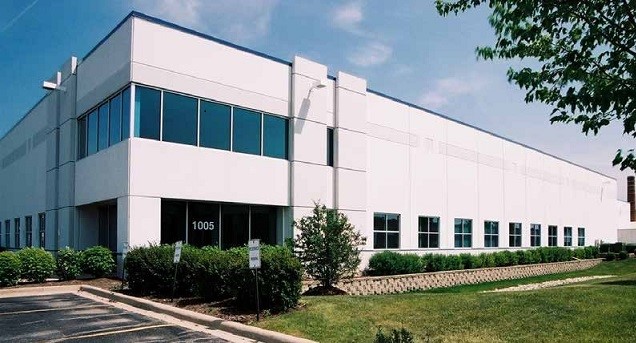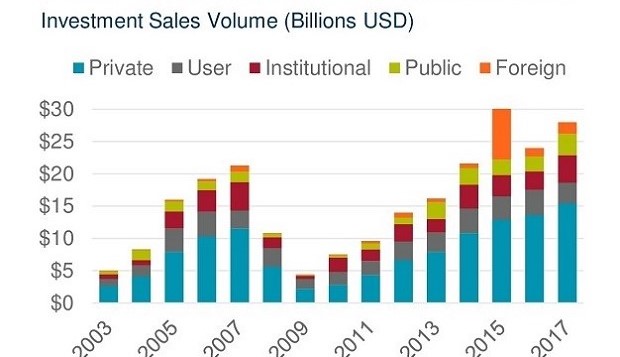 one of the best sectors Jason Tolliver Cushman & Wakefield, Americas
one of the best sectors Jason Tolliver Cushman & Wakefield, Americas  David Bitner GLP big portfolio buy that year
David Bitner GLP big portfolio buy that year© 2025 ALM Global, LLC, All Rights Reserved. Request academic re-use from www.copyright.com. All other uses, submit a request to [email protected]. For more information visit Asset & Logo Licensing.








